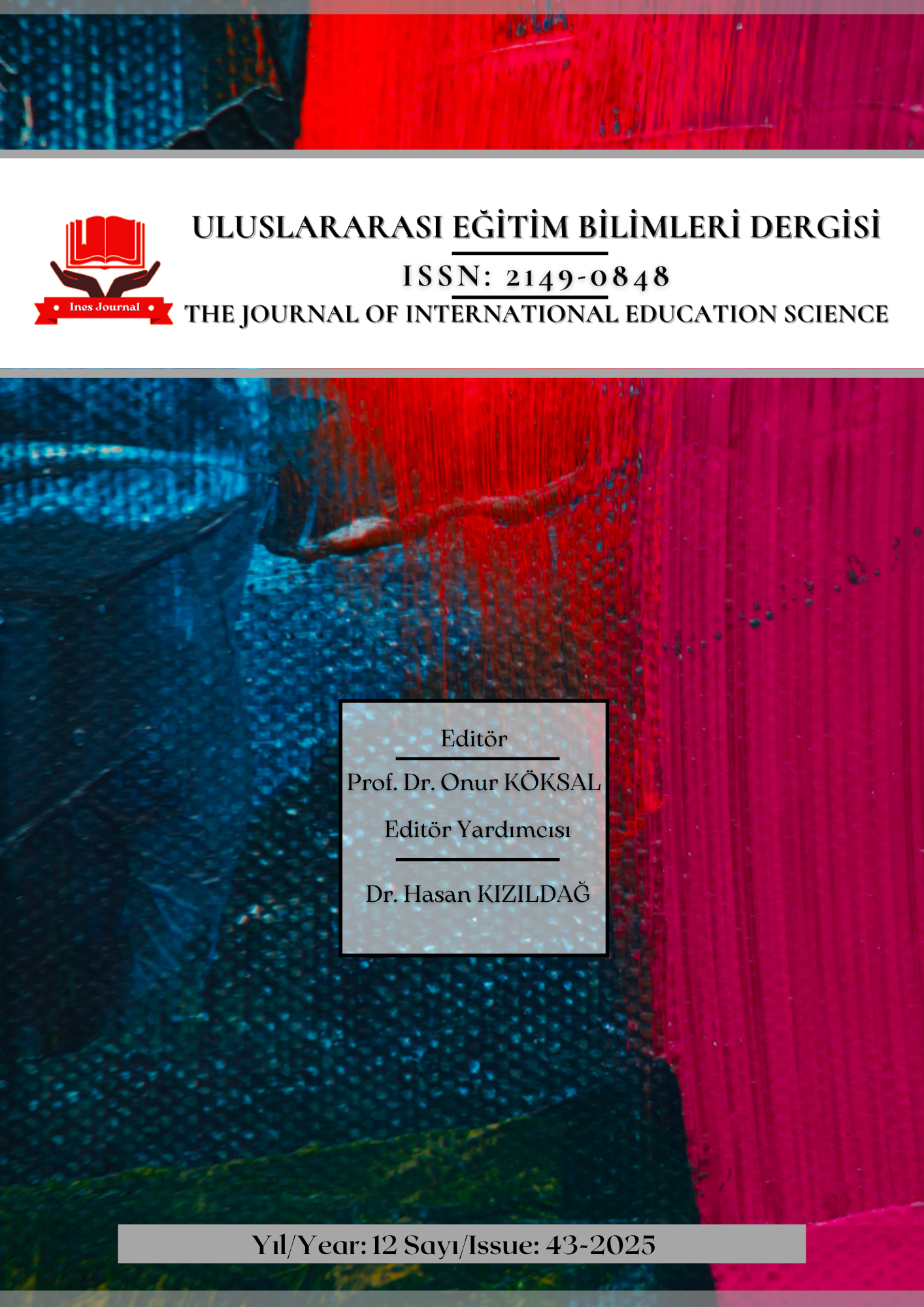Author :
Abstract
Görme yetersizliği olan bireyler için eğitim ortamlarının erişilebilir ve kapsayıcı hâle getirilmesi, onların akademik başarılarının ve öğrenme deneyimlerinin niteliğini doğrudan etkilemektedir. Özellikle matematik gibi soyut kavramlar içeren derslerde, bu öğrencilerin bireysel ihtiyaçlarına uygun öğretim tasarımlarının geliştirilmesi büyük önem taşımaktadır. Bu bağlamda, görme yetersizliği olan öğrencilerin öğrenme süreçlerinde karşılaştıkları güçlüklerin belirlenmesi ve bu doğrultuda uygun içeriklerin geliştirilmesi gerekmektedir. Bu çalışma 2024-2025 eğitim-öğretim yılında Türkiye’nin çeşitli illerinde öğrenim görmekte olan 6 total görme yetersizliği bulunan öğrenci ile online olarak gerçekleştirilmiştir. Öğrencilerin matematiksel ve cebirsel muhakeme düzeyleri göz önünde bulundurularak öğrencilerin bireysel öğrenme ihtiyaçları belirlenmiş ve bu ihtiyaçlara uygun geliştirilmiş olan Sayı Cebir Modülü ve Cebirsel Muhakeme Başarı Testi veri toplama araçları olarak çalışmada kullanılmıştır. Görme yetersizliği bulunan öğrencilerin Cebirsel Muhakeme beceri düzeyleri belirlenmiş ve bu becerilerin geliştirebilmesi için öğrencilerin ihtiyaçlarına uygun öğretim materyallerinin başarıya katkısının olduğu belirlenmiştir.
Keywords
Abstract
Creating accessible and inclusive educational environments for individuals with visual impairments has a direct impact on their academic achievement and the quality of their learning experiences. In subjects such as mathematics, which involve abstract concepts, it is particularly important to design instructional practices tailored to the individual needs of these students. In this context, it is essential to identify the challenges that visually impaired students face during their learning processes and to develop appropriate instructional content accordingly.
This study was conducted online during the 2024–2025 academic year with six students who are totally blind and studying in various provinces of Turkey. Considering the students’ levels of mathematical and algebraic reasoning, their individual learning needs were identified. Based on these needs, two tools specifically designed for this purpose—the Number-Algebra Module and the Algebraic Reasoning Achievement Test—were used as data collection instruments in the study.
The algebraic reasoning skill levels of students with visual impairments were determined, and the findings revealed that instructional materials aligned with students’ individual needs positively contributed to the development of these skills and to their academic success.





